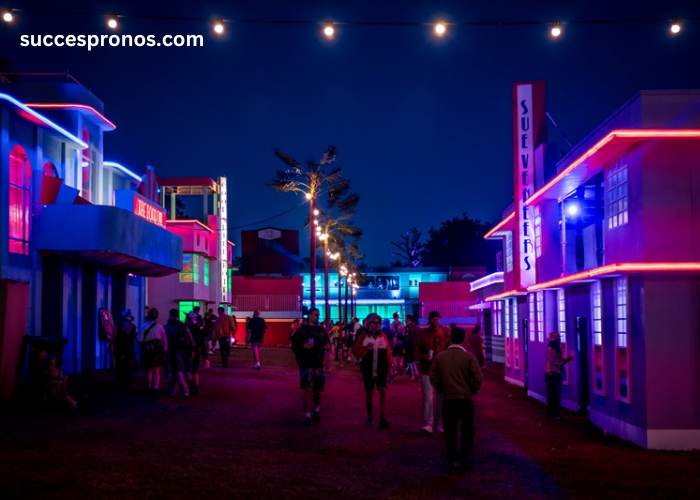
Pop-up events have rapidly become a significant trend in the world of experiential marketing. It brings together art, innovation, and storytelling to create unforgettable experiences. These immersive events have evolved beyond simple installations, capturing the essence of brands, themes, or seasons in a way that feels both personalised and impactful. Through thoughtful design and creativity, pop-up events turn the ordinary into the extraordinary.
In pop up experiences, spaces are more than just venues. They serve as blank canvases where the limits of imagination are tested and boundaries are pushed. With every detail crafted to suit a unique vision, these experiences bring something magical to life. The beauty of such events lies in their transitory nature, making each moment fleeting yet powerful.
The Art of Crafting Immersive Experiences
Pop-up design involves more than simply arranging products or decorating a space. It is about creating an environment that engages the senses and invites exploration. These experiences rely on immersive elements like interactive installations, lighting effects, soundscapes, and sometimes even scent to build a holistic environment. Every aspect of the pop-up is carefully chosen to support the intended theme, which, in turn, enhances the brand or event’s story.
When audiences enter these transformed spaces, they are greeted by more than just visual aesthetics. They are drawn into a world crafted around them, encouraging them to engage on a deeper level. Whether it’s a wonderland-inspired holiday shop, an avant-garde art display, or a serene forest setting in the heart of a city, these events appeal to emotions.
Engaging Audiences Through Innovation and Interactivity
Modern pop-ups are increasingly focused on engaging audiences through interactivity. Beyond aesthetics, these experiences often encourage visitors to participate directly. Interactive elements such as digital touchpoints, VR or AR experiences, live performances, and workshops help create a sense of immersion, blurring the line between the spectator and the experience itself.
Brands understand the value of such events in providing opportunities for direct customer engagement. It allows visitors to immerse themselves in the brand’s world in a way that feels authentic and meaningful. From creating ‘walk-in closet’ experience to trying products hands-on, interactive events bridge the gap between a company and its audience.
Utilising Storytelling to Enhance Impact
Storytelling is a crucial aspect of any successful pop-up event. Effective pop-ups are often built around a strong narrative that ties each element together, giving the audience a cohesive and memorable experience. Whether the story is inspired by a cultural motif, a product’s journey, or an aspirational lifestyle, it offers an emotional hook that makes the pop-up resonate with visitors.
For instance, a travel-inspired pop-up might transport guests to an exotic locale through decor, scents, sounds, and curated experiences, sparking wanderlust and inviting them to explore. Similarly, a product launch could showcase the history, craftsmanship, and story behind a product, creating a deeper connection between the item and the visitor.
The Role of Location and Temporality
Location and timing play a pivotal role in pop up experiences. The choice of venue often speaks to the theme and desired audience, creating a synergy between space and purpose. For instance, a rooftop might suit a luxury fashion launch, while a historic warehouse can add an air of mystery to an art installation.
The temporary nature of such events further enhances their appeal. Knowing that these events are short-lived instils a sense of exclusivity and urgency in audiences. This fleeting quality makes each pop-up a unique moment in time, one that visitors feel privileged to witness and eager to share with others.
Pop up experiences serve as an avenue for brands to express creativity and innovation, turning even the most mundane of spaces into magical environments. These transformed spaces invite audiences to be a part of something memorable and exclusive. It allows brands to make meaningful connections in a way that traditional marketing channels cannot.